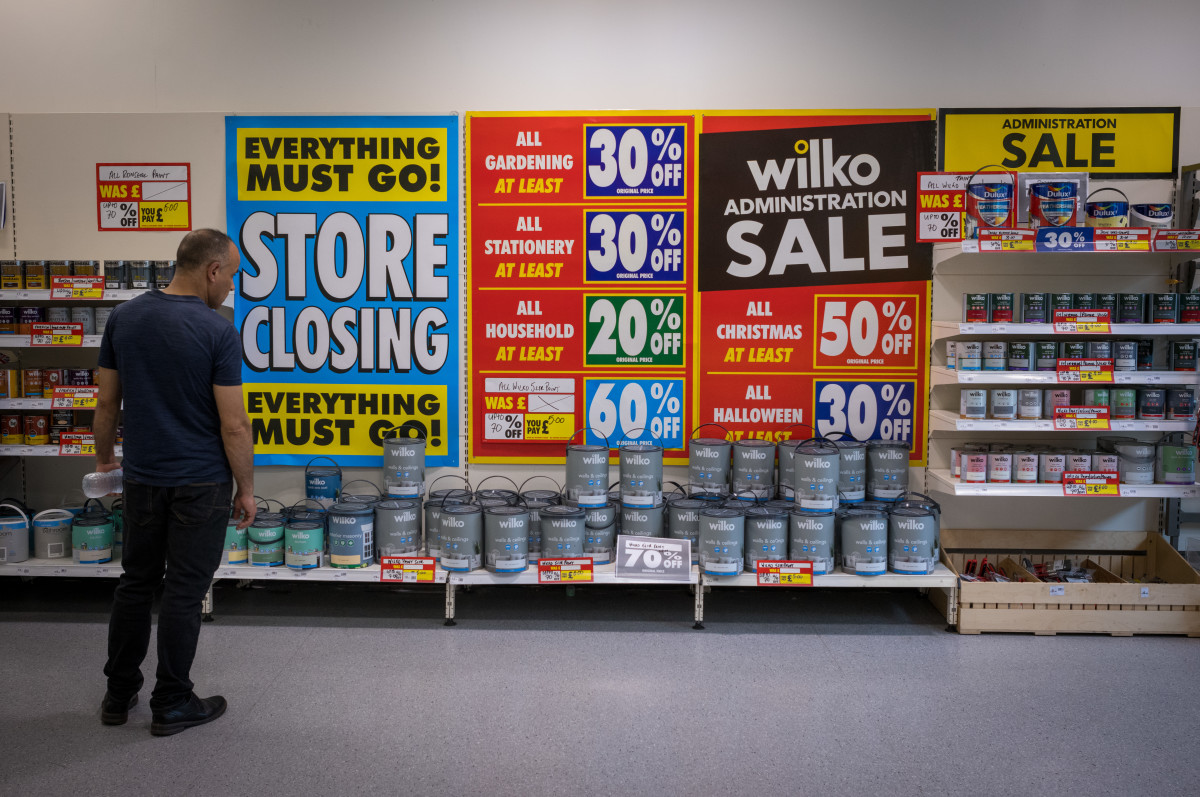
It’s disappointing when beloved retail store chains like Bed Bath & Beyond, Christmas Tree Shops, or Sears file for bankruptcy, shuttering stores forever.
Fortunately, loyal shoppers can usually find other stores that can serve them relatively quickly. That’s especially true for household items, which can be bought at major department store chains like Walmart (WMT) -) or online at Amazon (AMZN) -).
It’s a bigger challenge when retail store chains providing essential services go out of business. In those cases, store closures can create big headaches for consumers who are left with few alternatives.

The situation worsens for this crucial retailer
Rite Aid (RAD) -) is a retail store chain providing critical healthcare services to millions of Americans. It operates nearly 2,300 retail stores in 17 states, making it the preferred store for millions of Americans seeking to fill prescriptions or buy essential daily items, like toothpaste or aspirin.
Aging baby boomers have been a significant tailwind for the company’s retail pharmacy sales; however, Rite Aid’s front-end sales are slowing because of competition and theft.
Related: Another popular U.S. retailer files an unexpected bankruptcy
Non-pharmacy same-store sales open at least one year slipped 4.4% year over year in the second quarter, even as the company reported a $9 million increase in retail store shrink, the industry term for losses due to theft and unaccounted inventory.
Rite Aid is also suffering because rising interest rates have caused variable interest on its debt to balloon.
The retail pharmacy chain, which was already struggling to make good on loans it had previously taken out to acquire competitors, such as Brooks, spent $65 million on interest alone last quarter, up 35% from one year ago.
However, Rite Aid’s headwinds aren’t limited to its precarious financial statements.
The Department of Justice filed a suit against it earlier this year, alleging it knowingly filled opioid prescriptions that it shouldn't have, potentially putting the company on what may turn out to be an inevitable path to insolvency.
More bankruptcy:
- Well-liked retailer makes surprise return from bankruptcy
- This alarming statistic suggests a favorite retailer is in trouble
- These two big-name retailers face a huge bankruptcy risk
Walgreens Boots (WBA) -) and CVS Health (CVS) -) have already settled similar suits for $5.7 billion and $4.9 billion over the past year. Rite Aid doesn’t have nearly the financial firepower of these larger prescription retail chains. Its market capitalization is only $43 million, and it owes over $3 billion to its lenders.
The company received a non-compliance letter from the New York Stock Exchange on Oct. 4 because its shares have traded below $1 and its market cap is below $50 million. The company has a short window of time to get shares back above those thresholds before being delisted.
The news prompted Rite Aid management to say, "The Company has been engaged in reviewing and continues to review strategic alternatives to recapitalize, refinance or otherwise optimize its capital structure (the “Ongoing Review”), which may ultimately result in the Company pursuing one or more significant corporate transactions or other remedial measures."
According to the Wall Street Journal, a possible multibillion-dollar judgment and increasingly higher interest payments have management exploring Chapter 11 bankruptcy.
The proposed bankruptcy plan being discussed would include the immediate closure of up to 500 of its stores, or roughly one-quarter of its retail footprint. Rite Aid’s remaining stores would be sold off or left in the hands of its creditors.
As a result, Rite Aid may look very different in the coming year, and many patients may need a new pharmacy.
Sign up to find out what stocks we're buying now (Rite Aid isn't one of them!)







